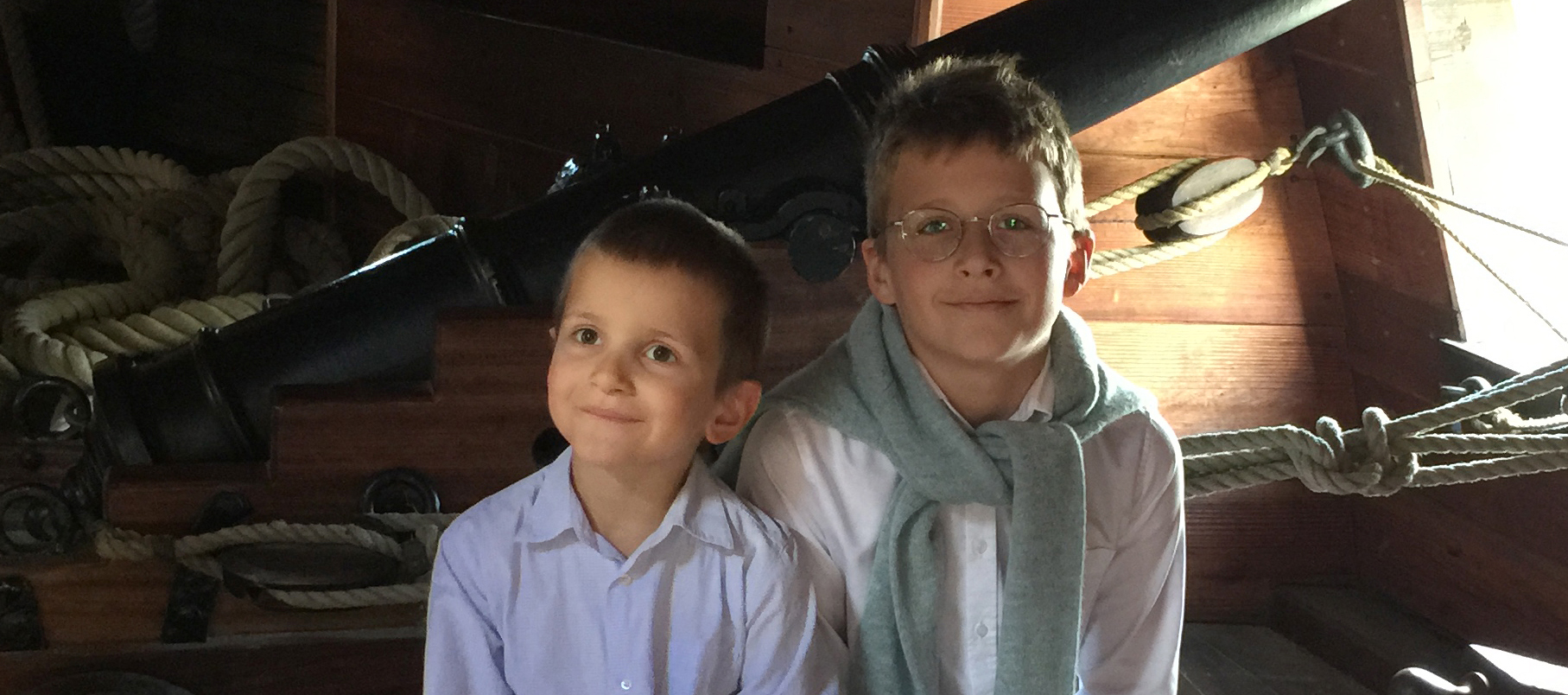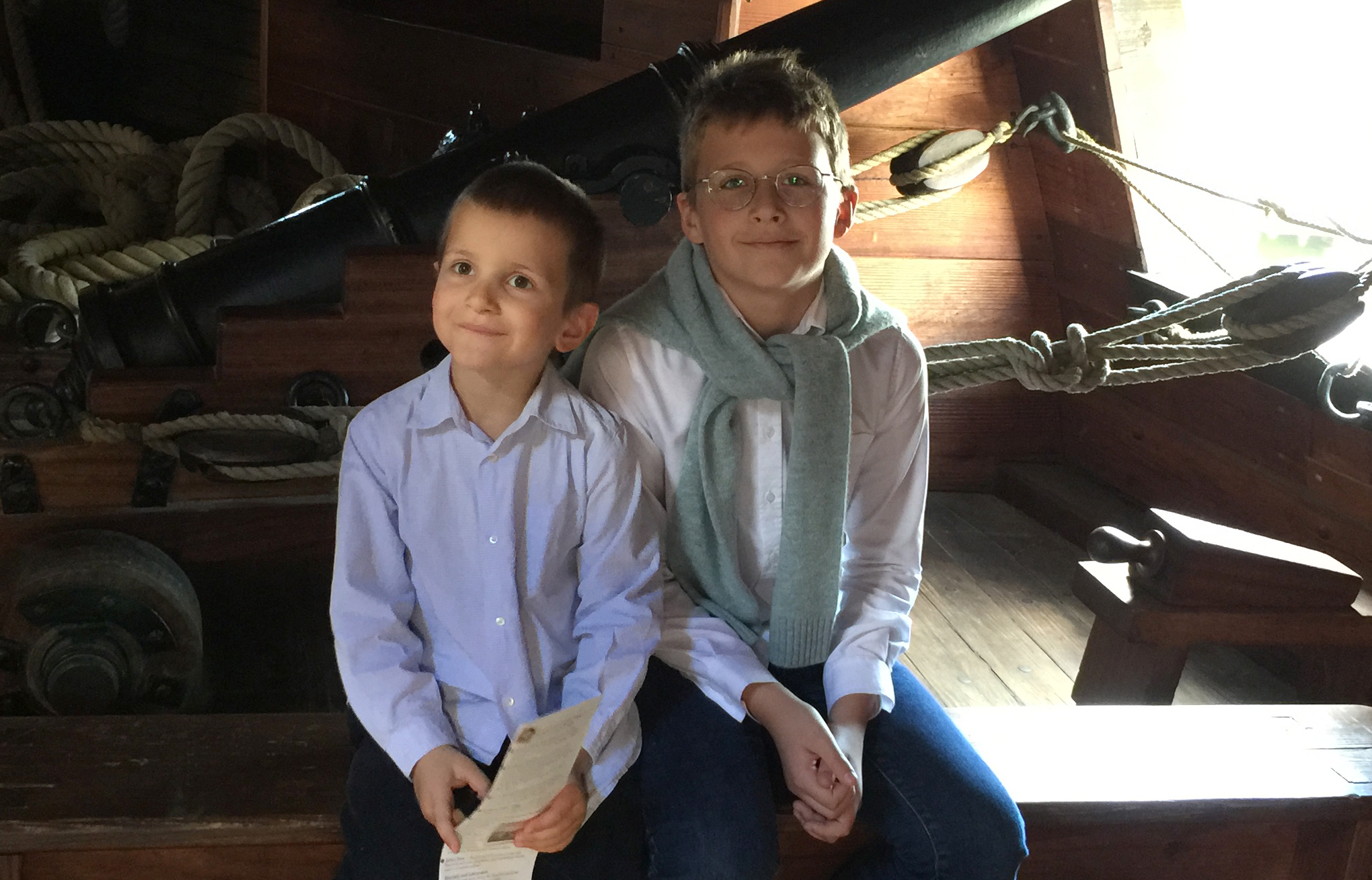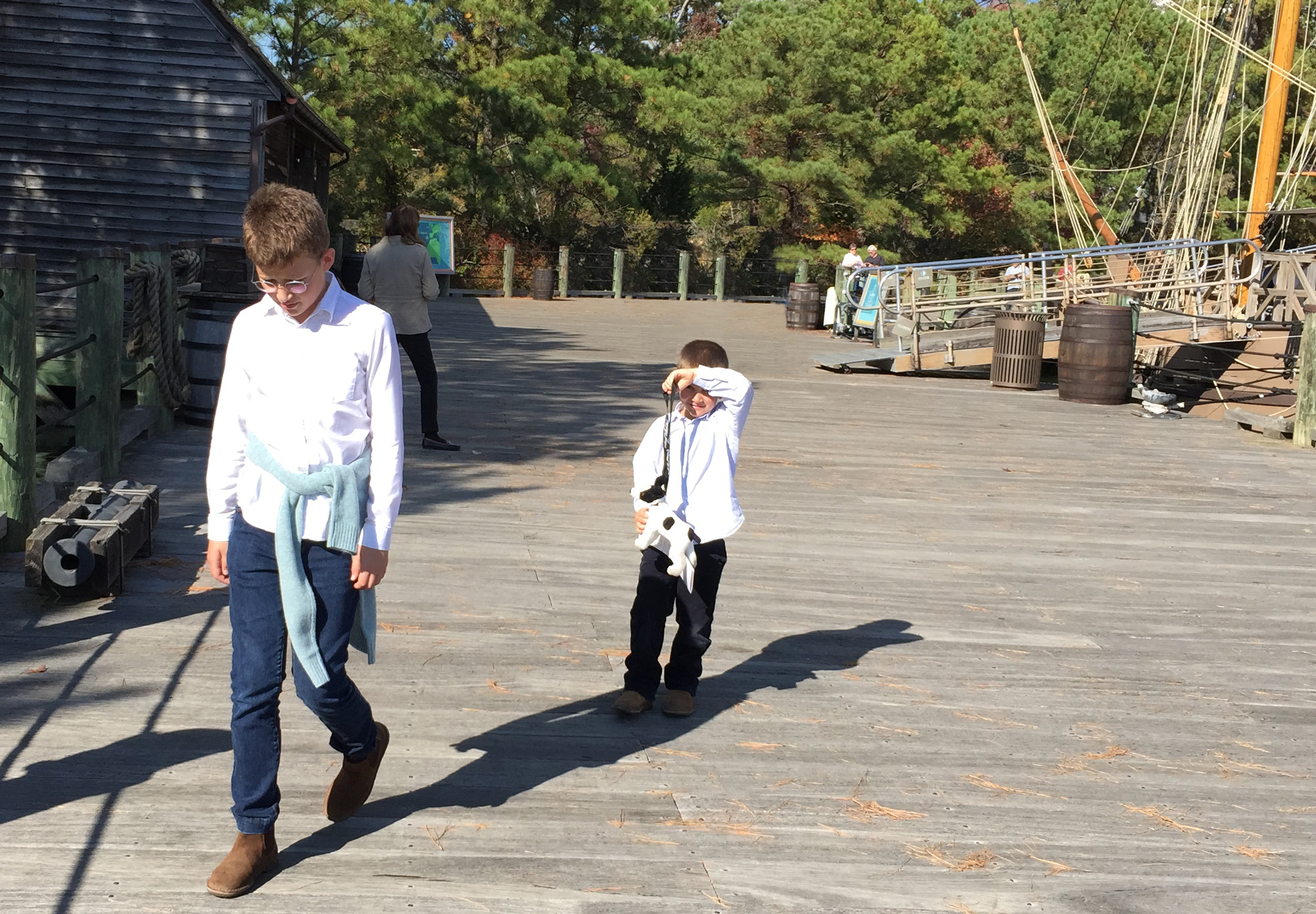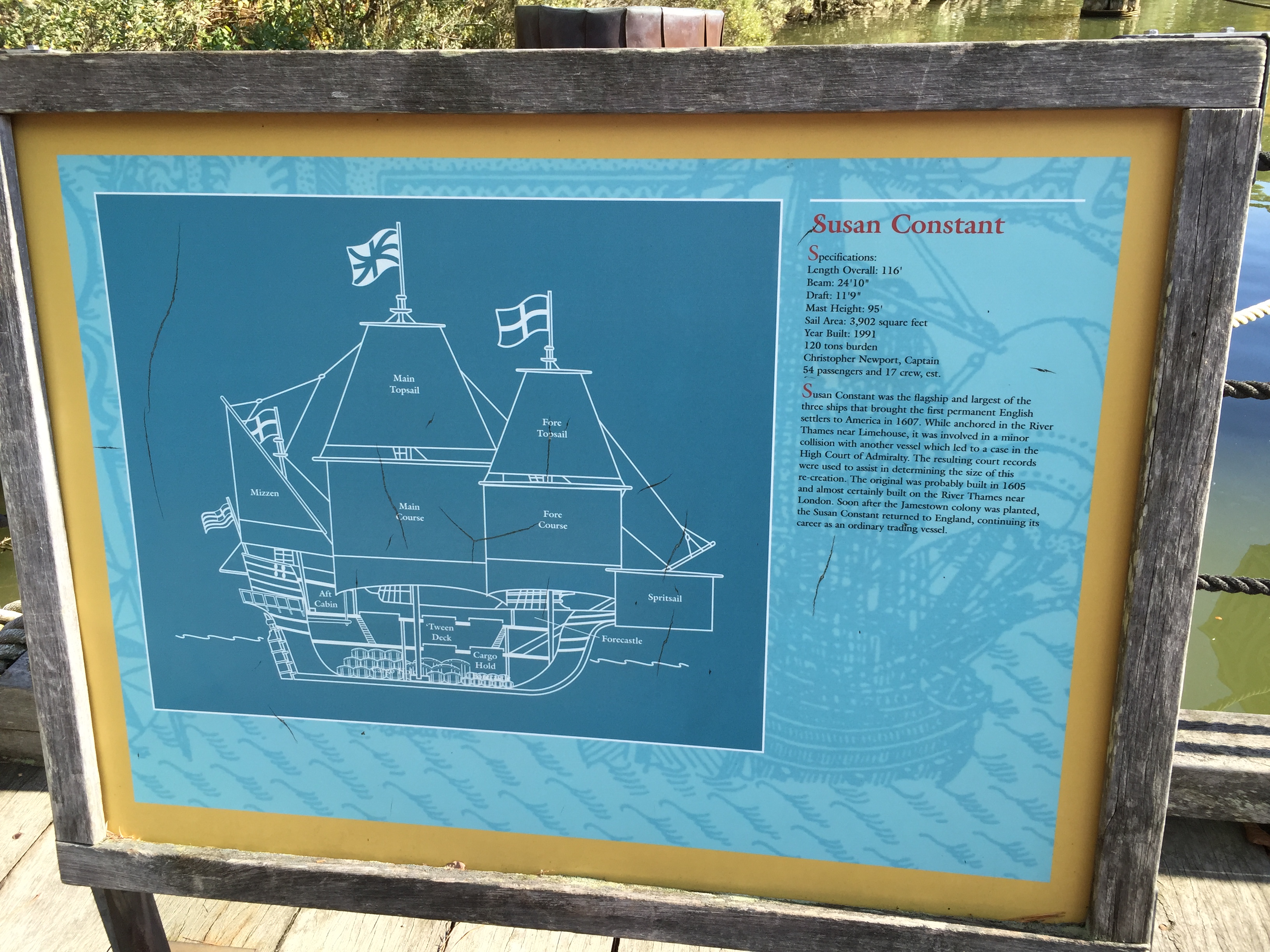
Yes, Maxime loves Legos. Or, I should say: Star Wars Legos. But there is something he has played even more, and from way back. Building blocks. And with these building blocks he creates his own worlds.
But there is one thing these worlds always seem to have in common. The presence of cannons. Even if I were to come onto Maxime's tabletop scene of building blocks stacked in waiting, and try to set up a peaceful Gaulish village from, say 50 BC, with farm animals and village huts, Maxime would always find a way to introduce an anachronistic cannon or two — or ten — and would be quite convincing that it was all perfectly normal, and that I should not worry ("Don't worry, Papa."), as the cannons were sure to be greeted by said Gaulish peasants with nothing more than a casual nod.
This love of cannons soon reached its apogee when he discovered that the Men-of-War of the 17th/18th century were basically a floating excuse for a cannon factory operating at full tilt.
So, the building blocks were more often than not fashioned into such ships, bristling with cannons, firing in every direction, to the consternation of any other boats in the vicinity, down to the smallest skiff, and even down to the level of a minscule, unsuspecting pleasure boat, the sort one sees gliding gently around a placid lake in an English country house park.
Leaving Williamsburg, we drove the half hour to Jamestown, the first settlement in America (that is, the first successful one. At Roanake, the earlier settlement attempt by the English, all the settlers died).
Not much remains of the original settlement, which was a simple wooden fort, after all. A musuem houses genuine artifacts from it.
However, there are three excellent reproductions near the original site.
First, a reproduction of the fort.
Second, an Indian village, which was exceedingly well-done, and had an attendant "Indian" inside one of the structures, who could answer any question, down to the finest detail, of what it was like to live in one of those structures. (For example, the Indians slept on low cots, which ran around the perimiter. The cots were low because the inside was invariably filled with smoke from the top half upward. So they lived "low". The reason there was smoke was because the fire inside had no real chimney, save for a hole in the top of the structure which had no real motivation, that I could see from the real-life example in front of me, to draw the smoke out efficiently.
Third, three ships (built in England recently) which are exact renditions of the three ships which Captain John Smith used to travel across the Atlantic.
While these are not warships, there were a few canons on board, and Maxime loved the experience of climbing down the ladder to the lower decks, and looking out the portholes, no doubt imagining himself an officer in a naval coat, overseeing their efficient and rapid discharge in the din of battle.


